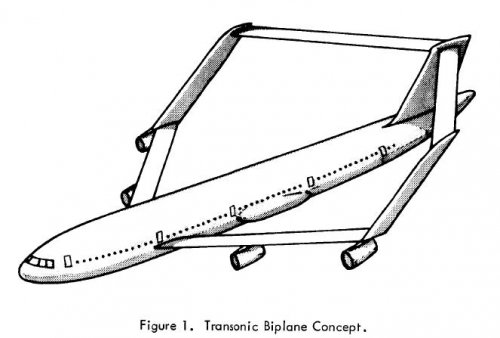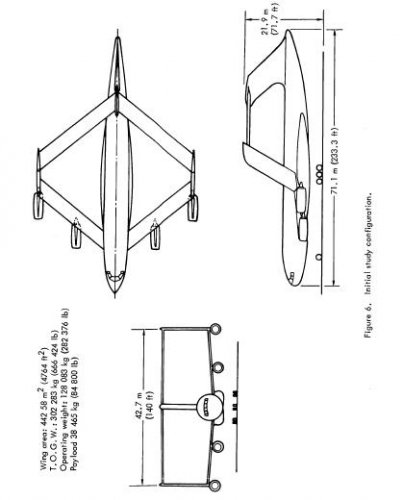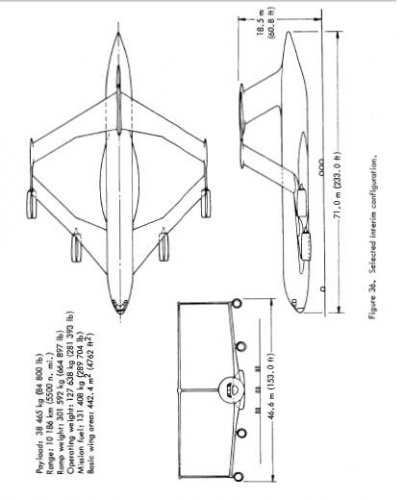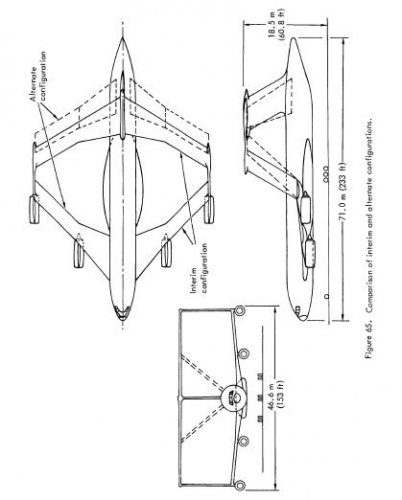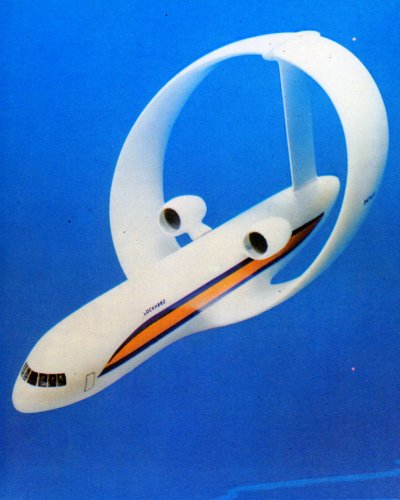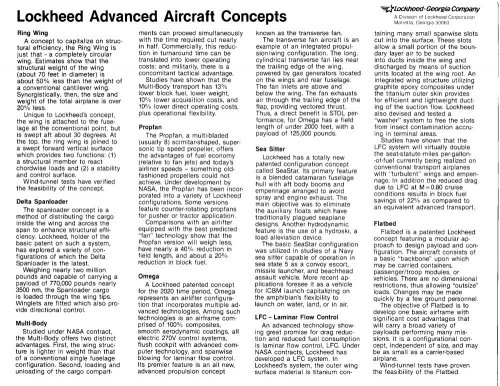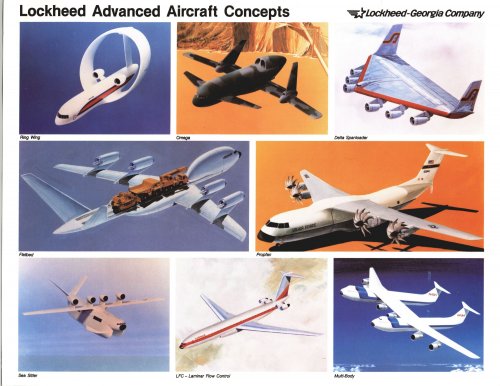You are using an out of date browser. It may not display this or other websites correctly.
You should upgrade or use an alternative browser.
You should upgrade or use an alternative browser.
Lockheed Georgia biplane (joined wing) jet airliner of 1974
- Thread starter hesham
- Start date
OM
ACCESS: Top Secret
...I remember this one. Came out about the same time, IIRC, that either PopMech or PopSci was hakwing a 737 variant whose wings were the "paper loop plane" design, with the wings looped to meet directly above the fusilage and the engine at the apex. Idea was that if the engine went out, the plane would glide and retain stability much better than traditional flat wing designs.
Anyone got an image of this one? I did a search on Google and turned up nothing but standard 737 versions and a couple of stewardesses in the nude...
Anyone got an image of this one? I did a search on Google and turned up nothing but standard 737 versions and a couple of stewardesses in the nude...
Pelzig
ACCESS: Secret
- Joined
- 23 October 2008
- Messages
- 448
- Reaction score
- 82
OM
ACCESS: Top Secret
flateric said:http://www.secretprojects.co.uk/forum/index.php?action=dlattach;topic=6262.0;attach=66892
...That's sort of it. Note that the one I recall had a single engine at the apex of the loop. Still, the two engine design would be more logical, even if the design itself would call for radical changes in airport infrastructure. Mainly in the fact that you'd need to have five-story hangars!
hesham said:Hi,
http://ntrs.nasa.gov/archive/nasa/casi.ntrs.nasa.gov/19740026364_1974026364.pdf
Lange, R. H.; et al. Feasibility Study of the Transonic Biplane Concept for Transport Aircraft Application Lockheed-Georgia Company June 1974
Abstract:
Investigations were conducted to evaluate the feasibility of a transonic biplane consisting of a forward-mounted swept-back lower wing, a rear-mounted swept-forward upper wing, and a vertical fin connecting the wings at their tips. This wing arrangement results in significant reductions in induced drag relative to a monoplane designed with the same span, and it allows for a constant-section fuselage shape while closely matching an ideal area distribution curve for M = 0.95 cruise. However, no significant reductions in ramp weight were achieved for the biplane relative to a monoplane with the same mission capability. Flutter analyses of the biplane revealed both symmetric and antisymmetric instabilities that occur well below the required flutter speed. Further studies will be required to determine if acceptable flutter speeds can be achieved through the elimination of the instabilities by passive means or by active controls. Configurations designed for other missions, especially those with lower Mach numbers and lower dynamic pressures, should be examined since the geometries suitable for those design constraints might avoid the weight penalties and flutter instabilities which prevent exploitation of induced drag benefits for the configuration studied.
Attachments
-
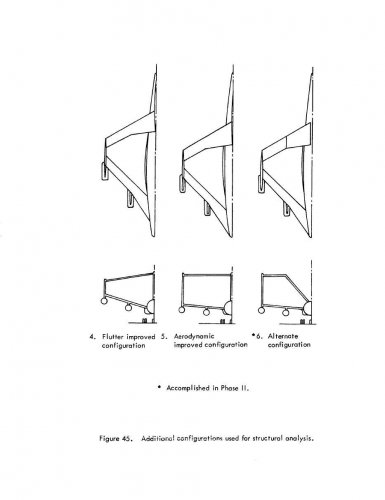 LockheedBiplaneg.JPG58.7 KB · Views: 41
LockheedBiplaneg.JPG58.7 KB · Views: 41 -
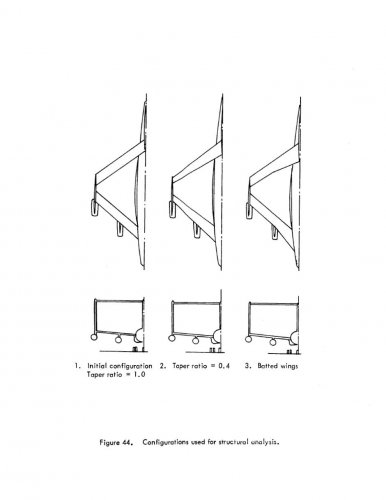 LockheedBiplanef.jpg51.4 KB · Views: 26
LockheedBiplanef.jpg51.4 KB · Views: 26 -
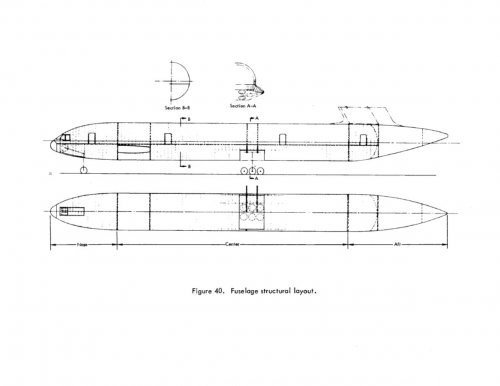 LockheedBiplanee.jpg55.7 KB · Views: 26
LockheedBiplanee.jpg55.7 KB · Views: 26 -
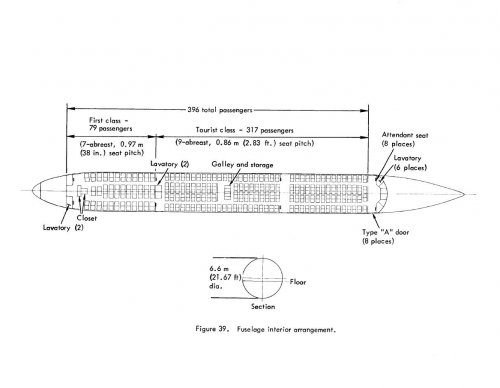 LockheedBiplaned.jpg81.6 KB · Views: 28
LockheedBiplaned.jpg81.6 KB · Views: 28 -
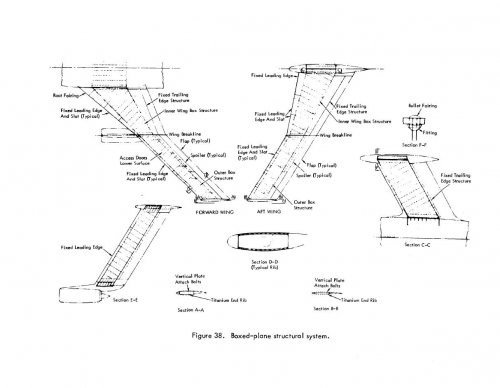 LockheedBiplanec.jpg97.7 KB · Views: 34
LockheedBiplanec.jpg97.7 KB · Views: 34 -
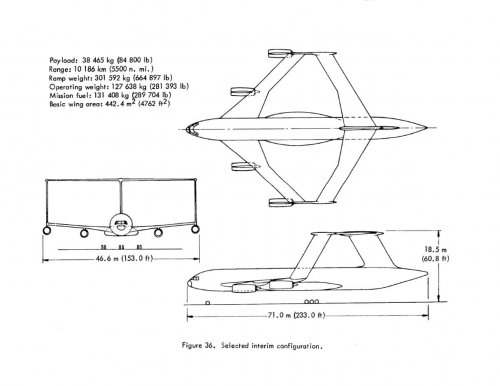 LockheedBiplaneb.jpg73.8 KB · Views: 32
LockheedBiplaneb.jpg73.8 KB · Views: 32 -
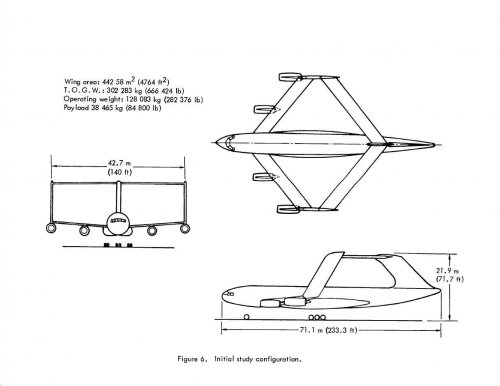 LockheedBiplanea.jpg73.3 KB · Views: 34
LockheedBiplanea.jpg73.3 KB · Views: 34 -
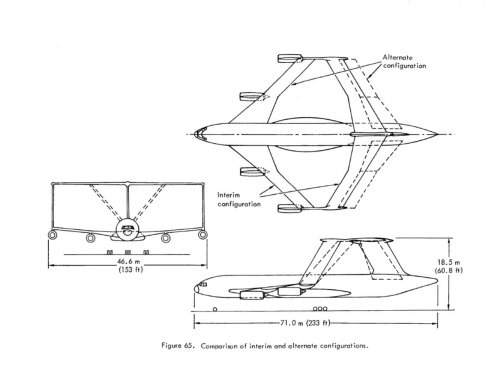 LockheedBiplaneh.jpg68.9 KB · Views: 38
LockheedBiplaneh.jpg68.9 KB · Views: 38
Similar threads
-
Lockheed-Georgia Advanced Light Aircraft and Helicopters of 1970s
- Started by hesham
- Replies: 2
-
-
Vought Spanloader Flying-Wing Aircraft
- Started by hesham
- Replies: 2
-
Lockheed Intraurban Transportation Studies
- Started by hesham
- Replies: 5
-
US Navy Bureau of Aeronautics DR 56 flying-boat
- Started by Graham1973
- Replies: 0

